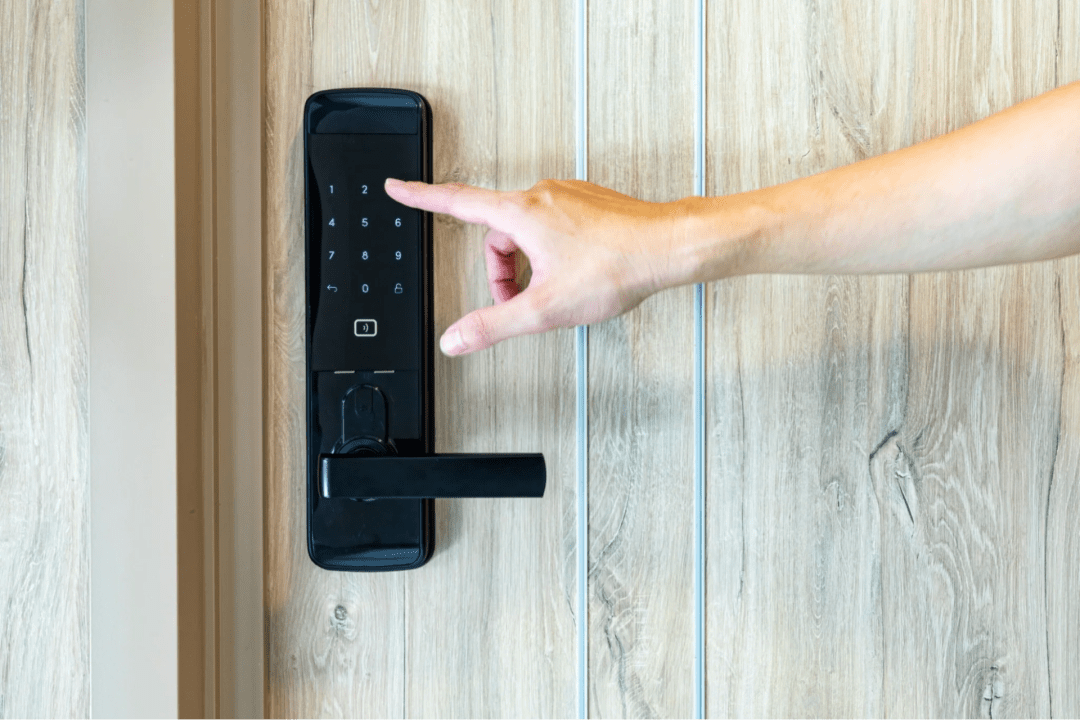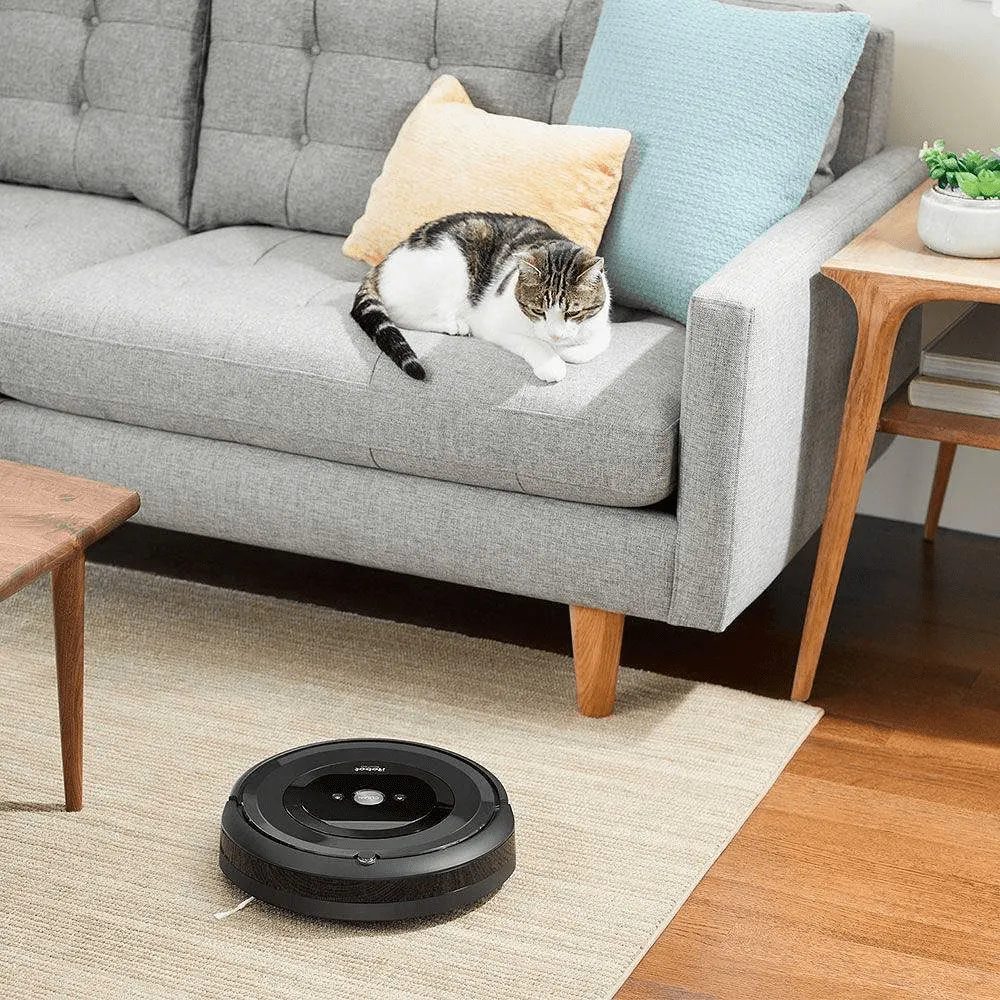Gone are the days when homeowners were shamed for being ‘lazy’ simply for having a smart home. Smart homes have become popular among homeowners who want to enhance their quality of life, enable convenience, ensure efficiency, and lower cost savings.
Although the general perception might be that such homes are only for the tech-savvy, it doesn’t necessarily take a tech-savvy person to integrate smart home technology into living spaces. But for those still unsure where and how to start, here’s a step-by-step guide to turning your smart home into a reality.
Step 1: Planning & budgeting

Image credit: General Security
Although it might be enticing to jump down the rabbit hole and start shopping for smart home technology, it may often backfire if you’re not thoroughly prepared. Firstly, discuss your expectations of a smart home with your partner or family. One of the focal questions is how extensive you’d like your smart home to be.
It can be a basic feature such as having a smart security door lock or extensive enough that you wouldn’t ever need to worry about turning on/off the lights, air conditioning, and more.
You should also identify which areas of your home you’d like to integrate smart home technology.
Mapping out which areas you’d like to add smart features is crucial to avoid issues such as space constraints or discovering that you can’t implement such devices for whatever reason.
After setting your expectations for your smart home, the next thing to do is set aside a healthy budget to fulfil these expectations.
If you’re going all out to create a fully automated smart home, your wallet better be heavy and ready, as smart home technology is not exactly cheap since you’re paying the price for extra convenience and efficiency.
Step 2: Choosing a smart home hub

Image credit: Homey
After setting the foundations, you should work on finding a smart home hub.
A smart home hub is the control centre for every smart home, connecting smart devices and allowing communication among them. The best analogy is the human brain, which constantly tells other body parts what to do and is the mastermind behind everything.
It’s best to pick a hub that fits within your ecosystem of devices. For example, if everyone in your household uses devices from the Apple line, getting an Apple HomePod is a no-brainer.
You could control your smart home hub via an app or by talking to the system’s virtual assistant. We have already compared Amazon Alexa, Google Home, and Siri to determine the best smart assistant for your home.
Step 3: Setting up a stable Wi-Fi connection

Image credit: @hardcarry_mall
Imagine a smart home with incredible capabilities yet underperforms and lags because of its poor network. That is why if you’re investing in a smart home, you should also invest in a good Wi-Fi network that will allow your smart home to work optimally.
Opt for a stronger network with higher speeds and upgrade the router if necessary. If you find dead zones around the house, get a Wi-Fi extender to cover them, and your smart home will be optimised in no time.
Step 4: Choosing your desired smart features & devices
Before you go ahead and pick out the smart devices you’d like to implement into your home, you must ensure that the smart devices are compatible with your smart home hub.
That is unless you don’t mind controlling it from a separate app. However, having to toggle between different apps is messy and complicated and is the opposite of the purpose of a smart home which is to increase efficiency and reduce hassle.
Next, some typical smart features and devices are used in smart homes.
Smart Lighting

Image credit: Home Automate
Whether pendant lights or cove lights, smart lighting enables you to turn them on or off from your phone or with your voice.
Besides that, some smart lighting even allows you to adjust the colour temperature and experiment with a myriad of other colours, like pink, green, and blue, so you can instantly set the mood for a movie night.
Home Security

Image credit: AN Digital Lock
We have entered a new era of security control – one that is hassle-free. More and more homes opt for a smart lock, which means no more carrying keys. A smart lock even grants you the convenience of locking and unlocking a door remotely from your phone.
Other than locks, security cameras and smart doorbells are also useful, allowing you to monitor your surroundings both inside and outside.
Entertainment and Media

Image credit: @yenni.hom
Next up are your smart TVs and speakers. Though not necessarily needed together, we can’t deny how intuitive and immersive your home viewing experience will be with both.
As with many Singaporeans who can’t do without Netflix or Disney+, TVs equipped with smart features allow for easy navigation to open these streaming services as and when you feel like it.
You’ll also be able to control other smart devices around your home with a smart TV, just like you’d do with your phone, as long as the TV is connected to your smart home hub.
Your smart assistant can also be activated with a smart speaker. Talk into the smart speaker, and your digital virtual assistants will be at your beck and call.
Environment Control

Image credit: @myjibcode
If you have a larger budget, consider integrating smart home technology that controls the internal environment of your home. This includes thermostats, air purifiers, power strips, and curtains/blinds.
Additionally, you can install sensors and detectors around your house, which will help you to maintain your home. Sensors allow other smart devices to communicate, while detectors can help save your home from potential fires, floods, and other hazards.
Appliances

Image credit: Samsung
It’s time to bring out the big guns – smart appliances. This can be the least of your priorities if you are willing to do household chores yourself. But if you don’t mind spending more on technology to lend a helping hand, opting for smart appliances will help you maintain a clean home.
We’re talking about robot vacuum cleaners that do their job independently, fridges to suggest cooking recipes, and air conditioners that cool the house before you return home. Although these might seem like small actions, they can help you save so much time and energy in the long run.
Of course, other smart appliances such as hoods and hobs, ovens, washing machines, laundry hangers, and water filters also help to ultimate convenience.
Step 5: Tweaking the settings to fit your home
Once you have your smart home technology installed, the last thing is to tweak the settings to fit your home and habits.

Image credit: Makeuseof
Smart home hubs such as Apple Homekit and Google Home offer customisable features by offering scenes and automation. Scenes allow you to customise multiple devices simultaneously to configure the lights, fans, and more for a movie night, study session, or other activities.
The automation feature is used to pair with a sensor. For example, once your door sensor detects the motion of people entering, the lights will instantly turn on.

Image credit: @puchi.home
While this tip might seem trivial, it helps to give smart appliances sensible names. For example, Light 1, Light 2, and Light 3 will be confusing compared to Cove Light, Track Light, and Dining Pendant. Think of names that even a first-time guest would be able to use with ease.

Image credit: @irobot.kz
You can have many smart appliances, but allowing them to “talk” to one another is also a smart home hub feature. For example, once you leave, you could set the sensor to turn off all the lights and fans and trigger the robot vacuum to come out to perform its job.
Guide to setting up your smart home
While it may seem daunting, transforming your home into a smart home is worth it as it greatly impacts everyday life. Just imagine coming back to a home that is already brightly lit and cooled; how shiok is that?
However, if you want to secure your home, here are some bonus tips. For protection and privacy, it’s best to set complex passwords and have 2-factor authentication for online accounts of your smart devices. This is to keep hackers at bay from breaching your smart home.
Meanwhile, remember to update your smart home and its appliances regularly to ensure their longevity. Keeping your devices up to date ensures that your devices can serve you the most efficiently.
For more articles about smart homes and smart devices:
- Which Is The Best Smart Assistant For Your Home
- 9 Coolest Smart Home Devices In Singapore
- We Ask Singaporeans What The Best Smart Home Gadgets Are
Cover image adapted from: Amazon, @yenni.hom

Drop us your email so you won't miss the latest news.



